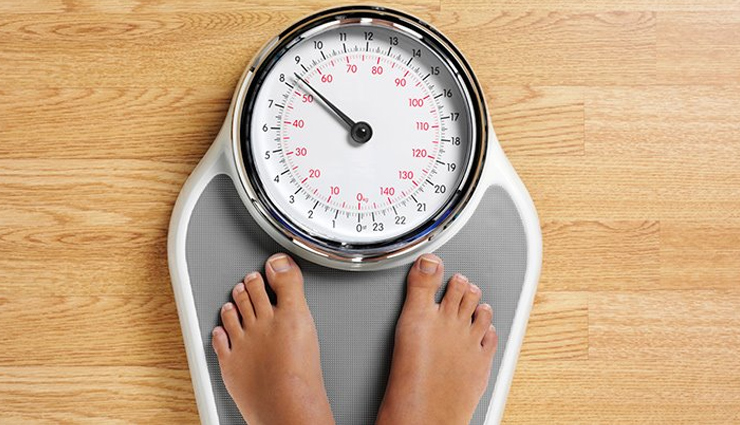- Home›
- Healthy Living›
- Everything You Need To Know About Reverse Dieting
Everything You Need To Know About Reverse Dieting
By: Priyanka Maheshwari Tue, 22 Aug 2023 10:53:11

Reverse dieting is a nutritional strategy that involves gradually increasing caloric intake after a period of calorie restriction or dieting. The goal of reverse dieting is to minimize the potential negative effects of metabolic adaptation that can occur as a result of prolonged calorie restriction.
When individuals engage in prolonged calorie restriction, their metabolism can slow down as a way for the body to conserve energy. This can make it difficult to maintain weight loss over time and may lead to weight regain once normal eating patterns are resumed. Reverse dieting aims to counteract this metabolic adaptation by gradually increasing caloric intake, allowing the metabolism to adjust gradually as well.
The process typically involves increasing daily caloric intake by a small amount, such as 50-100 calories per week, while closely monitoring changes in body composition, energy levels, and overall well-being. The focus is on making small, incremental adjustments to caloric intake rather than abruptly transitioning from a low-calorie diet to a much higher calorie intake. This approach gives the body time to readjust and helps prevent rapid weight gain that could occur if caloric intake is increased too quickly.
Reverse dieting also places emphasis on the quality of the calories consumed. Nutrient-dense foods are often prioritized to ensure that the body receives essential vitamins, minerals, and other nutrients during the transition from a restricted diet to a more balanced intake.
It's important to note that reverse dieting may not be necessary or appropriate for everyone. It's often used by individuals who have been on very low-calorie diets or who have experienced metabolic adaptation. Before starting a reverse dieting protocol, it's advisable to consult with a healthcare professional, registered dietitian, or nutritionist to determine if it's a suitable approach based on individual goals and health status.

# Metabolic Adaptation
Reverse dieting addresses the metabolic adaptation that can occur after prolonged calorie restriction. When the body experiences a significant calorie deficit, it can slow down its metabolism to conserve energy, making weight maintenance challenging after resuming normal eating.

# Gradual Increase
Reverse dieting involves a gradual and controlled increase in caloric intake. This increase is usually small, often around 50-100 calories per week, to allow the body to adjust slowly and minimize the risk of rapid weight gain.
# Monitor Progress
During reverse dieting, individuals closely monitor their body composition, energy levels, and overall well-being. This helps to ensure that any changes are sustainable and to adjust the process as needed.

# Focus on Nutrient Density
The emphasis is placed on consuming nutrient-dense foods during the reverse dieting process. This helps to ensure that the body receives essential vitamins, minerals, and other nutrients that may have been lacking during the period of calorie restriction.
# Individual Variation
The duration and specifics of reverse dieting can vary greatly from person to person. Factors such as starting metabolic rate, activity level, and the extent of previous calorie restriction all play a role in determining the appropriate approach.

# Psychological Benefits
Reverse dieting can offer psychological benefits by gradually reintroducing more food into the diet, which can reduce feelings of deprivation associated with strict dieting.
# Not Always Necessary
Reverse dieting might not be necessary for everyone. Individuals who have not engaged in extreme calorie restriction or who do not show signs of metabolic adaptation might not need to undergo this process.
# Professional Guidance
It's important to seek guidance from healthcare professionals, registered dietitians, or nutritionists before embarking on a reverse dieting journey. They can help determine if it's appropriate based on individual health status and goals.
# Long-Term Approach
Reverse dieting is a long-term strategy that focuses on gradual changes and sustainable habits. It's not a quick fix but rather a method to promote a healthier relationship with food and a more balanced metabolism.
# Maintenance Phase
After the reverse dieting phase, individuals can transition into a maintenance phase where they continue to monitor their intake and make adjustments as needed to maintain their desired weight and health.





